Hello all,
As I’ve been getting more motivation to get involved with Thrive again, I’ve been dumping some thought into this topic just to get the creative juices flowing. I wanted a rough idea of the macroscopic stages - more specifically, I wanted to create an outline of how we could go about representing the most number of organisms with the least number of features necessary. So to go about this endeavor, I read a bit into phylogeny and taxonomy, and tried to characterize various groups of organisms I noticed.
I have a clade-by-clade breakdown below, but first, I wanted to note some general thoughts I’ve had as I went about this exercise…
- Mechanics Over Parts - Thrive’s early macroscopic stages will likely be carried more by underlying mechanics shared by most organisms and less by unique “parts/traits” giving abilities relative to the later portion of the macroscopic stage. Before the arrival of the more complex vertebrates, arthropods, molluscs, and annelids, organisms were very weird structurally, but had relatively simple ecological niches. They were mostly filter-feeders, bottom-feeders, and very occasionally were limited predators. The first two niches will largely be influenced by fundamental mechanics, such as surface area-volume and organ systems. Furthermore, we want to make sure the player has a grasp of their basic macroscopic mechanics before throwing them to super-predators.
- Progression Pipelines - I think there will generally be two “game progression styles” in the early macroscopic/late multicellular stages, which I informally/affectionately nickname the “Thrivian Jelly Pipeline” and the “Thrivian Worm Pipeline”. The Thrivian Jelly Pipeline covers clades like that of the ctenophora and the cnidarians, while the “Worm Pipeline” covers everything else. The Jelly Pipeline is more limited in progression, as most advanced organisms evolved from worm-like organisms; as such, it’ll act as a unique playstyle. The worm pipeline is likely more standard to most Thrive playthroughs, and more directly proceeds to more advanced morphologies. The two aren’t necessarily mutually exclusive by the way, but the more Jelly-Like you are, the harder it is to evolve advanced structures in your body plan.
- Scope Limits - I think there are two things that we should declare not to incorporate within Thrive now unless implementation is very simple, and a third thing we should really think about. First, colonial macroscopic organisms, as these are a very niche and complex cases. Second, complex endoparasitic organisms, as it would be a nightmare to represent a microscopic representation of the inside of another organism. Third, we should really put some thought into the various scales we will represent. There will undoubtedly be times were we will have to cut between various “scales”, such as in microscopic multicellular organisms to the macroscopic world, and omit certain niches or organisms. Where will these cuts occur?
This post focuses on the “Thrivian Worm Pipeline”. I try to give a broad description of various clades, and infer some basic parts or mechanics we can implement into Thrive. As such, most of this will be focused on the early parts of the late-multicellular, probably before the playthrough’s “Cambrian Explosion” where more advanced morphologies appear.
By the end of this post, hopefully you guys understand what I mean, and hopefully we will have a slightly clear understanding of how we can define our scope for the early macroscopic stage.
Going through this has made me believe it is actually very feasible to represent a good amount of diversity with a large, but realistic amount of effort. I hope you guys emerge with the same feeling, and I promise that I will begin focusing on more immediate concepts soon again!
SIMPLE BILATERANS AND THE “WORM PIPELINE”
Xenacoelomorpha
Xenacoelomorpha are triploblastic and bilateral, meaning they are able to develop muscle-derived and more specialized organ systems, and are bilaterally symmetrical. They do not have a complete digestive system (their mouth filters both food and waste because they don’t have an anus).
There are two major clades within Xenacoelomorpha…
- Acoelomorpha
- Xenoturbellida
Xenacoelomorpha probably serves as the representation of what most macroscopic animals in Thrive will look like only a bit before they start specializing into more unique organisms. They don’t really have any unique characteristics to implement.
Xenoturbellida
Containing roughly 6 species within the same genus, Xenoturbellida represents a very small group of animals. I don’t think there is much we can derive from this clade. They notably have a mouth opening on the bottom of their body rather than on their anterior side. Above is a Xenoturbellida that looks like a churro; most Xenacoelomorpha look a lot like this, except less churro-esque.
Implications for Thrive
Churros. Having the ability to customize where a mouth part is placed would be an interesting characteristic for more simple organisms. However, if that interferes with the future parts of the multicellular stage with a more defined head and mouth at front of body, then that takes precedent.
Acoelomorpha
There are roughly 350 Acoelomorpha, representing a decently-sized clade. Being rather small animals, most of them registering on the centimeter range, they generally live either planktonic lifestyles or slither around on the benthic floor. A few of them have very simple sensory organs called ocelli, among the simplest of metazoan eyes. Above are mint-sauce worms, an example of Acoelomorpha.
Notably, some Acoelomorpha are able to integrate photosynthetic plankton within their epidermis via consumption. This allows them to benefit from photosynthesis; some of these organisms depend completely on their symbionts.
Implications for Thrive
As said above, there likely isn’t much to extract from Acoelomorpha; they just serve as a representation of what most players will somewhat look like at some point in their playthrough.
A unique ability we can implement is to get some photosynthetic capability from the food you eat. This would have to be balanced in some way to make it so that only very simple organisms with very thin membranes can possibly benefit from this adaptation. For example, reducing temperature tolerance ranges and health could work.
So, I guess the breakdown for this group after simple mechanics are implemented involves…
- Implement a capacity for the player to absorb the photosynthetic ability of what they eat if they have sufficient adaptations. I would think this would be more of a bonus trait rather than a core requirement in terms of mechanics.
SPIRALIA - MORE ADVANCED WORMS AND MOLLUSCS (Not Covered Here)
From here, we can discuss Spiralia, a large group of metazoans including some more complex organisms worthy of attention.
Platyhelminthes - The Flat Worms
The flatworms. Triploblastic and bilateral, flatworms have no true body cavity, resulting in a rather simple body plan. They display cephalization (they have a true head) and have a more developed nervous system, though they don’t have a complete digestive system. Their high surface area allows them to circumvent the need for a elaborate respiratory or circulatory system, relying mostly on their digestive system for circulation. Most are rather small (the millimeter range), though some are rather visible benthic animals. Their mouth notably is found near the bottom of their body, which looks somewhat like a proboscis. This mouth can extend in some species, though not to a significant amount.
There are two major groups of platyhelminthes: the Catenulida and the Rhabditophora. The Catenulida have been rather difficult for scientists to distinguish due to their relatively small number of species and their similar morphology; meanwhile, the Rhabditophora are the more “iconic” species of flatworms. Rhabditophora include the notorious tapeworm, and many other parasitic species.
Implications for Thrive
To me, the flatworms represent another point in the “basal worm pipeline” that most players will likely end up a part of as they become more advanced organisms. They represent a “step-up” in terms of Thrive progression, with the advent of a more advanced digestive and nervous system. I think organisms such as these will emerge naturally in Thrive without the need to implement unique mechanics, and thus, gameplay for these sorts of organisms will depend on the fundamental game mechanics shared by all macroscopic organisms. I notice that this is a trend with many of the most basal, early-multicellular organisms - so we might want to pay attention to creating simple, but fun mechanics for the early stages of the late-multicellular stage.
I will say though that flatworms can be very colorful, so having nice customization options could be seen as a bonus for this clade. And of course, being able to “flatten” the metaball body plan of soft-bodied organisms would help visually represent these organisms as well.
Nemerteans - the Ribbon/Proboscis Worms
Nemerteans uniquely have a proboscis. This projectile proboscis can rapidly extend, capturing prey items and increasing surface area. They are rather similar to flat worms - however, they have a complete digestive system (the presence of an anus) and a closed circulatory system, representing one of the most basal organisms to develop such features.
The two major groups of ribbon worms include the Enopla and the Anopla. The most distinguishing feature between these two groups revolve around the presence/absence of a “stylet” in their proboscis, which essentially is a sharp needle-like structure. Enopla have stylets; they sometimes utilize it to grasp prey.
Implications for Thrive: Another point in the Thrivian “worm-pipeline”, nemerteans can be adequately represented with what has been discussed above upon implementation of a proboscis…
- Implement proboscis.
- Allow customization of proboscis. An “unarmed” proboscis can completely consume small-enough prey, but is rather useless against larger organisms. An armed proboscis can grab and inflict damage on larger prey items, but does less damage.
- Armed proboscis can be imbued with toxins.
Gnathifera - Jawed Worms
A larger clade rather than a phylum, this group contains many smaller clades. I think it’s worthwhile to discuss these organisms as a whole before individual diving in. Gnathifera all display various forms of chitin-derived mandibles. These mandibles come in various forms and perform various functions. As such, the most basal feature which can represent the jawed worms in Thrive is…
- Implement simple, chitinous mandibles as a very basal jaw structure.
Diving into each individual phylum of the Gnathifera will help us see some customization options for these jaws. We can’t really go into much depth here without a larger discussion of how mandible customization will work however, so this will likely be a rather brief section.
Chaetognatha - Arrow Worms (Gnathifera)
Placement of these organisms is a bit dubious within Spiralia, but these organisms represent a large percentage of planktonic biomass despite a relatively small number of species. These are very active predators, using their mandibles to prey on smaller organisms. They appear to be a very ancient bilateral phylum.
Arrow worms notably have bristle-like fins on the side of their body which lets them rapidly accelerate, though they do not have endurance. Many of them utilize the same toxins utilized by pufferfish in their bites. Arrow worm mandibles can likely be implemented with dedicated mandible customization. Implementing toxin capabilities to these basic mandibles should cover the rest.
-
Implementing mandible customization. This would likely represent the advent of the arthropod-esque playstyle in Thrive, so it is a needed feature anyways.
-
Implement basic fin customization for basal body plans. A lot of the uniqueness of the fins of arrow worms is their “cosmetic uniqueness”, so if it’s too hard to graphically represent such a feature without labor, it’ll worthwhile to skip.
Gnathostomulida - Lesser Jaw Worms (Gnathifera)
Gnathostomulida were recognized as an individual clade in the late 1960’s. They are a rather small group of organisms, and are also small in physical size. I don’t these organisms require a unique mechanism to be represented in Thrive as long as other fundamental systems are implemented. If anything can be jotted down…
- Jaw customization feature which allows organisms to “scrape” organic material off the ocean floor. There have been prior discussions about this, as this will serve as one of the first methods of gathering food available, so this should be implicit to the late-multicellular stage itself.
Rotifera - Wheel Jaws (Gnathifera)
Among the most numerous organisms on today’s Earth, Rotifera are most known for their jaws, which allow suction akin to cilia in Thrive.
Most rotifers are tiny, meaning their suction ability might not be adequately represented in Thrive at the macroscopic level if we must concede some scales of detail. As such, it might not be worth discussing this clade currently.
Brachiopoda - Asymmetrical Clams
Will not cover now; sessile gameplay and unique feature (clams)
Phoronida - Sessile Filter-Feeding Worms
Will not cover now; sessile gameplay
Bryozoa (Ento & Ectoprocta) - Colonial Filter Feeders
Will not cover; colonial gameplay probably outside scope of Thrive
Annelids - Segmented Worms on Crack
The annelids are an incredibly large and diverse group of animals known for their segmentation and relatively complex organ structures. They include leeches, earthworms, beard worms, and many other organisms. All are soft-bodied and have a complete digestive system, as well as a pair of nerves running throughout their body. They all have closed circulatory systems and features analogous to hearts.
Most annelids have setae, which are essentially tiny extensions throughout the skin of the organism. In some marine annelids, setae can look a lot like limbs, allowing benthic dwelling. For other annelids, such as the earthworms, setae are miniscule and assist with digging. Most annelids are detrivores, though some display predation and more active dietary habits.
I think annelids can largely be represented in Thrive as being the final, most complex form in the Thrivian “worm-pipeline”. Annelids have many diverse functions and forms, so allowing players creativity in customization their soft-bodied, wormlike organisms is the best way to approach this clade of organisms without killing ourselves.
It’ll be worthwhile to address annelids phylum by phylum, but here are some traits ubiquitous to most that can help distinguish annelid-like organisms from other Thrivian organisms. A lot of what distinguishes annelid phylums from other phylums are variations in the below features anyways:
- Segmentation. This will likely be a fundamental editor mechanic for soft-bodied and arthropodic organisms which distinguishes them from vertebrates.
- Setae, which can assist with burrowing or act like legs. Perhaps setae can be the simplest and first available limbs.
Polychaeta - A somewhat dubious grouping of largely marine segmented worms that are known for their distinguishable setae protrusions. Include the sandworms, bobbit worms, sea mice, and many other notable annelids.
- Because these organisms are very diverse, allowing decent setae customization is probably the best way to represent them. Some setae can be longer and have greater surface area, allowing swimming. Other setae can be shorter and can allow for crawling or burrowing. Other setae can have poison on them, and can serve as a defense mechanism.
- Several unique organisms here have features which overlap with other groups of organisms, such as jaws and burrowing.
Oligochaeta - A somewhat old-school grouping of Naididae, Aeolosomatidae, and Lumbricidae. Aeolosomatidae and Naididae are microscopic, and are outside of the scope of this document for now. Lumbricidae include 6000 species of earth-worms. This group of organisms will likely be represented in the switch to land. They depend on a mucous layer, as well as damper conditions, to remain moist.
- This group would likely be represented only when movement to land is implemented, which is in the distant future.
Hirudinea - The leeches. Implications for this group are pretty obvious, and will likely be the most defined and feasible “parasitic” niche in Thrive.
- Implementing an ability for simple jaws and proboscis to have a parasitic ability, allowing hostile resource transfer but minimizing opportunity to consume organic matter whole.
Annelids are honestly an entire beast of a clade to tackle, and will likely deserve their own post later similar to the other more complex organisms in the multicellular/aware stages. However, this provides a general overview that gives us rough ideas. I still stand by my statement that annelids represent the “pinnacle” of the Thrivian worm pipeline.
Priapulida
No.
Nematoda
Will not cover now due to microscopic scale. If nothing else, nematodes will likely serve to be microscopic food for filter-feeders and bottom-feeders.
Dicyemida
Will not cover now due to microscopic scale.
Orthonectida
Will not cover. Endo-parasitic nature likely outside of the scope of Thrive.
Kinorhyncha
Also known as mud dragons, this group of animals will likely be represented by the fundamental mechanics of the late-multicellular and aware stages. They are known to be able to burrow.
Look at that; in what we covered, we have addressed a great deal of metazoan diversity already! Here is a list of all features covered.
List:
- Surface-Area to Volume Ratio - This will be a very definitive feature of the early macroscopic stages, defining filter-feeding and buoyancy for organisms which do not have much morphological complexity. It will also directly feed into the metabolism of organisms, having direct influence on circulation, digestion, and respiration. Will become less important as organisms develop more advanced and thick skins, though will always have an effect. Individual discussion.
- Organ System - The fundamental feature shared by all organisms. Will most correlate to progression, and will serve as the basis of metabolism for organisms. The late-multicellular stage will represent the advent and acquisition of initial organ parts, allowing players to get familiar with the system as a whole.
- Mesoglea - Representing Cnidarians and Ctenophora, this will represent an immediate way for organisms to increase buoyancy and float, but will make it difficult to evolve advanced organ or membrane structures.
- Nematocyst/Celloblast Appendages and Customization - Representing Cnidarian and Ctenophoran appendages. Have limited control and advancement, but allow for basic grappling, filter-feeding, and stinging.
- Surface-Area/Volume Increasing Appendages - This appendages will be simple ways to increase surface area or volume, thereby increasing specific characteristics. Will be especially important in the early macroscopic stages, but less important as SA:V becomes less important. Will provide customization and flair options.
- Easy Access to Bilateral Body-Plan - This will represent the “worm” body plan, and will be the basal body plan for more complex organisms. Probably a discussion of how the editor will look in general.
- Burrowing - An important feature for more advanced playstyles. Should probably be discussed later.
- Proboscis and Customization - Probably the simplest mouth part to be offered to the player. Allows for bottom-feeding, as well as some hostile resource transfer, filter-feeding, and limited predation
- Basal Mandible/Mouth Customization - Requires its own discussion later in all likelihood.
- Basic Fin Appendages - Requires its own discussion later in all likelihood.
- Segmentation - As discussed in earlier posts, segmentation would likely be represented as an inherent part of the body plan/metaball editor. For certain organisms, players can group metaballs together to form a “segment”, which will be important for arthropods especially. Likely requires its own discussion, though mechanisms wouldn’t be that influential in soft-bodied organisms and basically non-existent in vertebrates.
- Setae And Customization - Represent more advanced limbs with diverse functions, allowing swimming, crawling, and digging.
- Bioluminescence - A notable feature of various worm-like organisms.
Doesn’t sound too bad when put like this, right? A lot of organisms can probably be represented with a combination of various organisms if we offer a decent amount of customization.
Images are important, but I didn’t want to spam them throughout the entire post as that could hurt readability. Here are images of various organisms.
Ctenophora
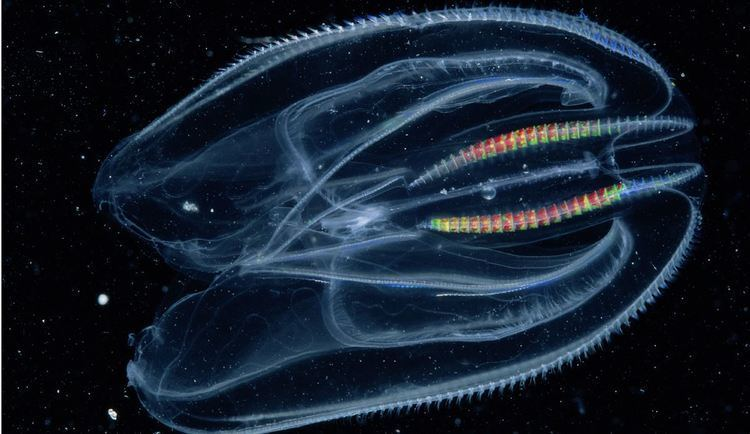
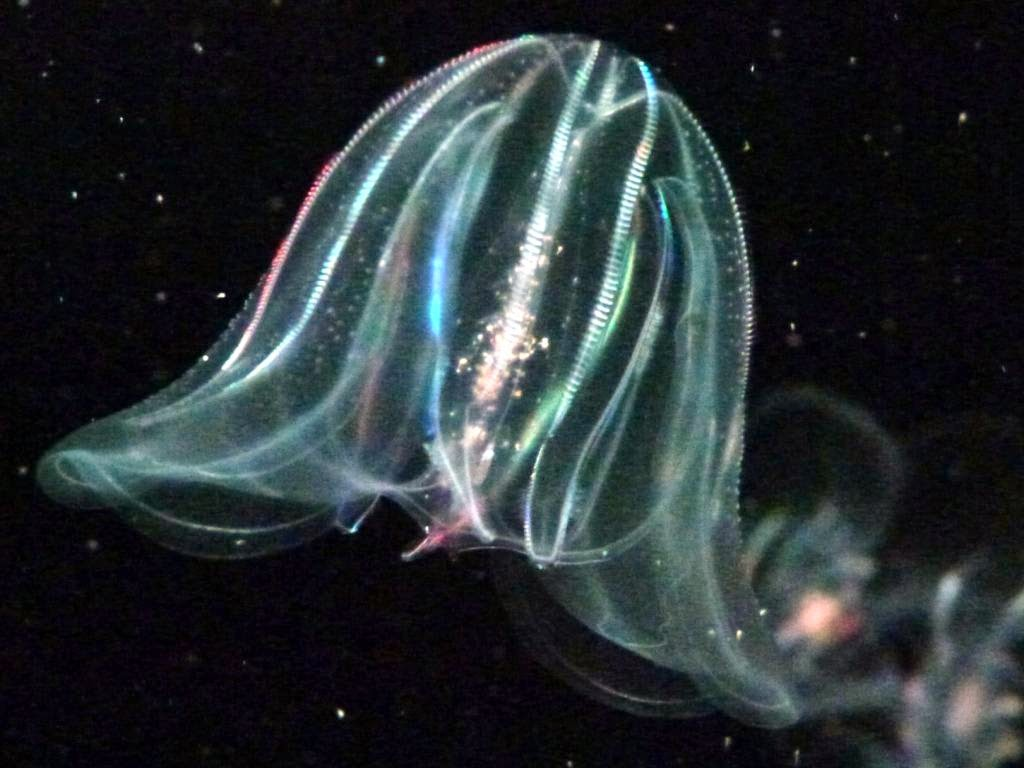
Scyphozoa (Cnidaria)
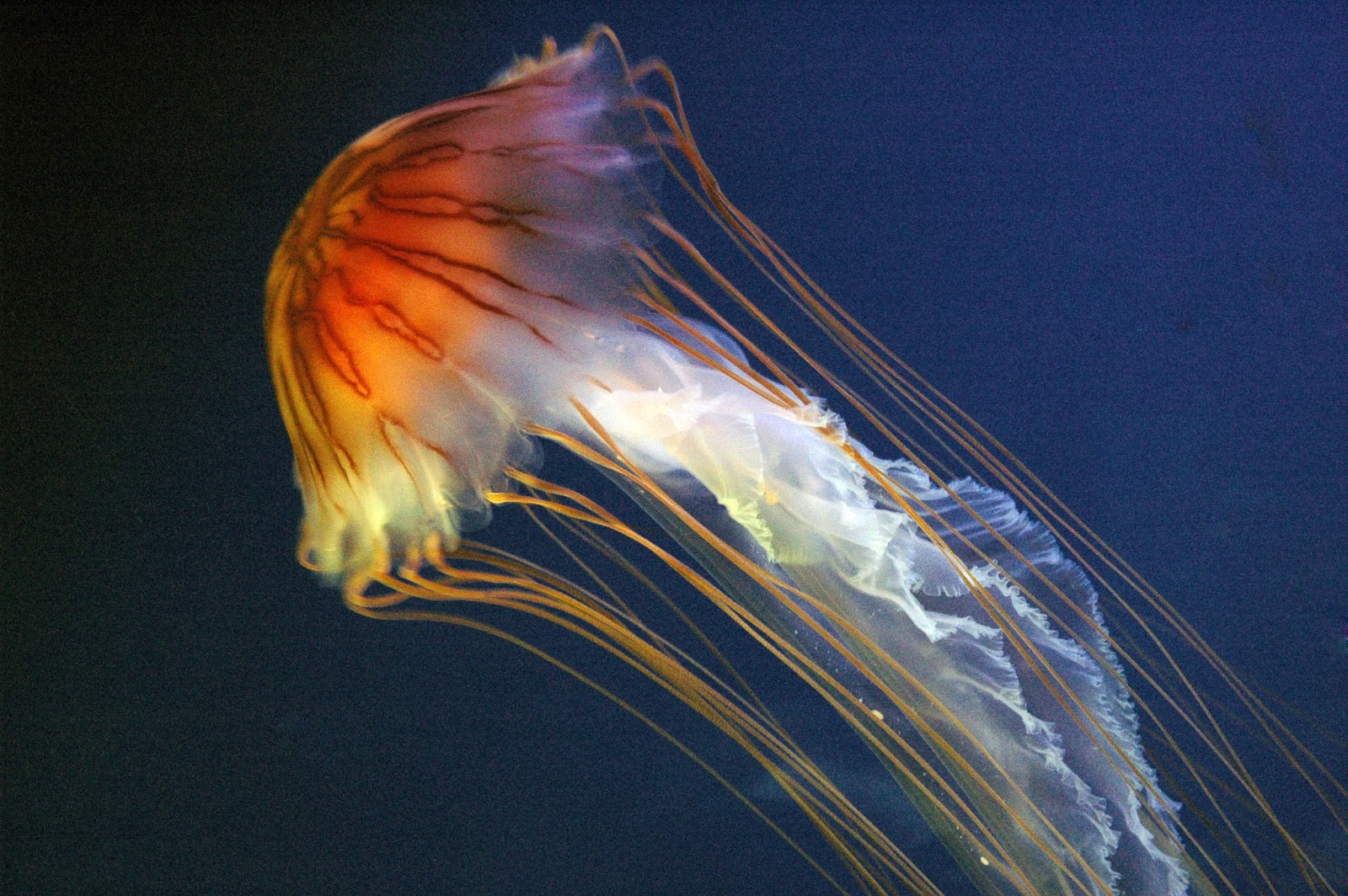
Cubozoa (Cnidaria)
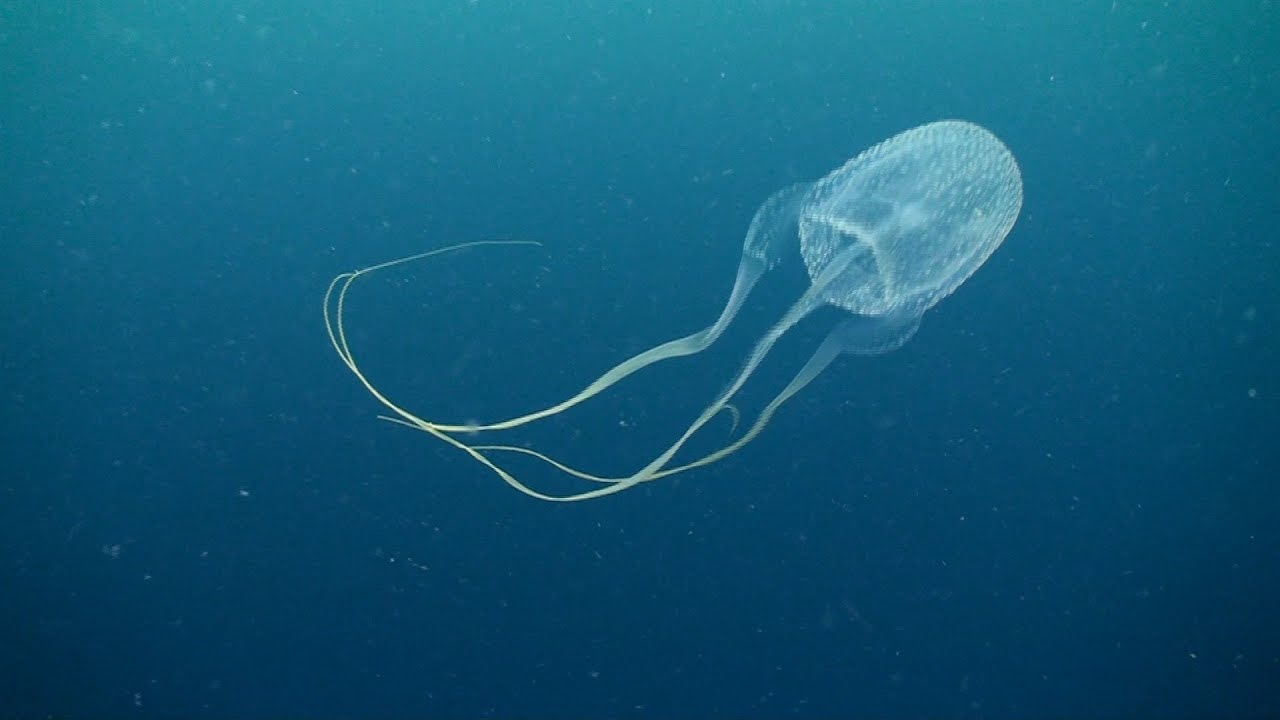
Hydrozoa (Cnidaria)
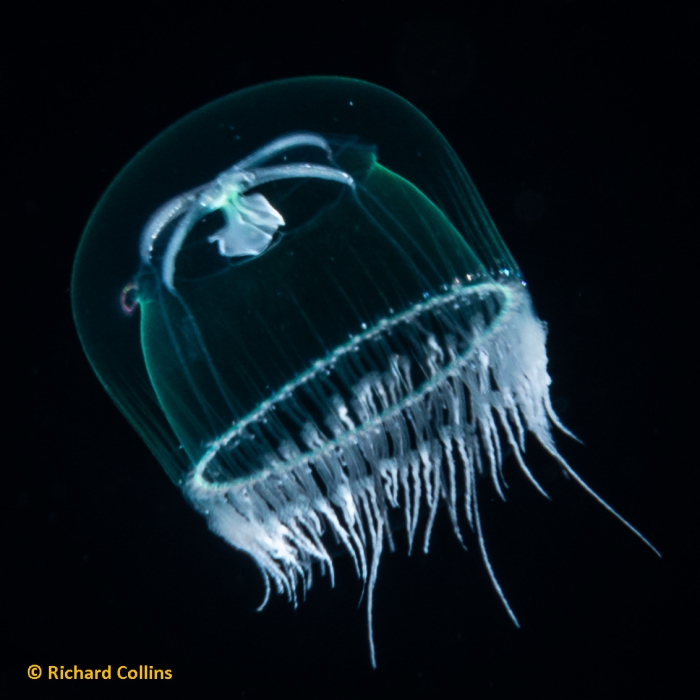
Xenoturbellida (Xenacoelomorpha)
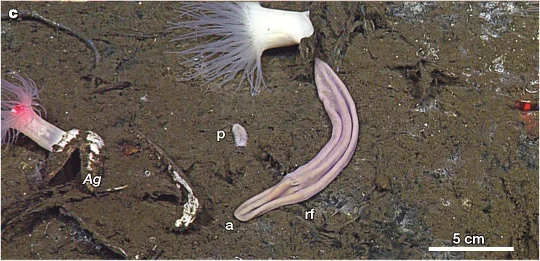
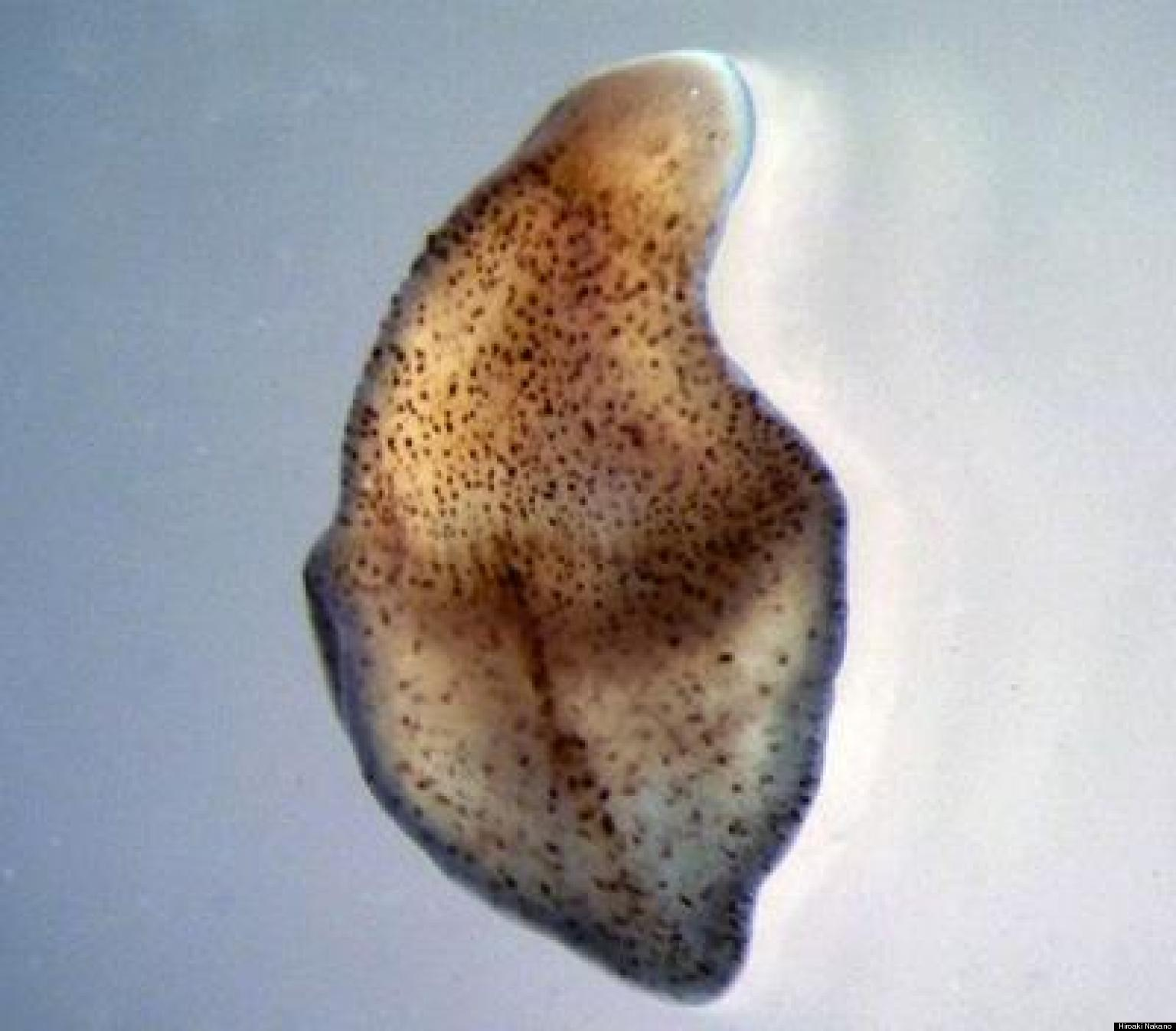
Acoelomorpha (Xenacoelomorpha)
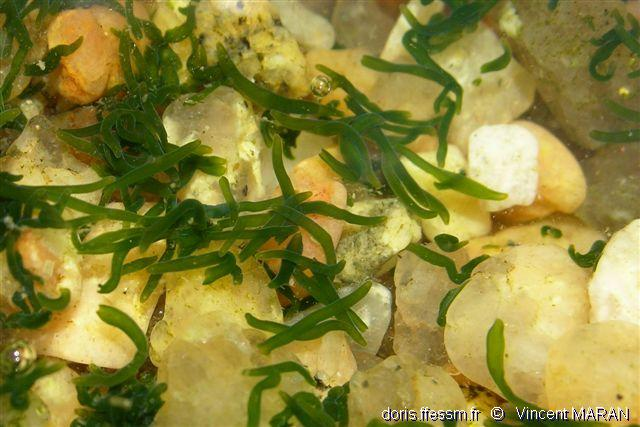
Platyhelminthes - The Flat Worms
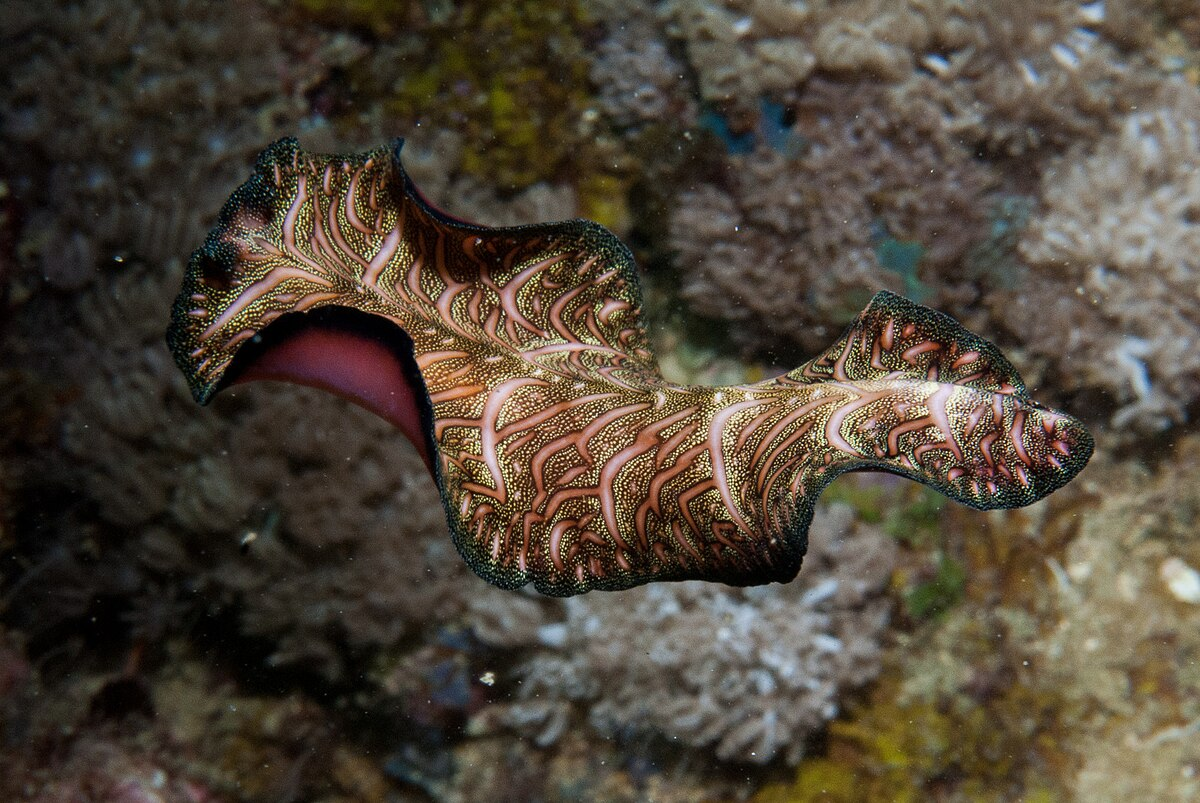
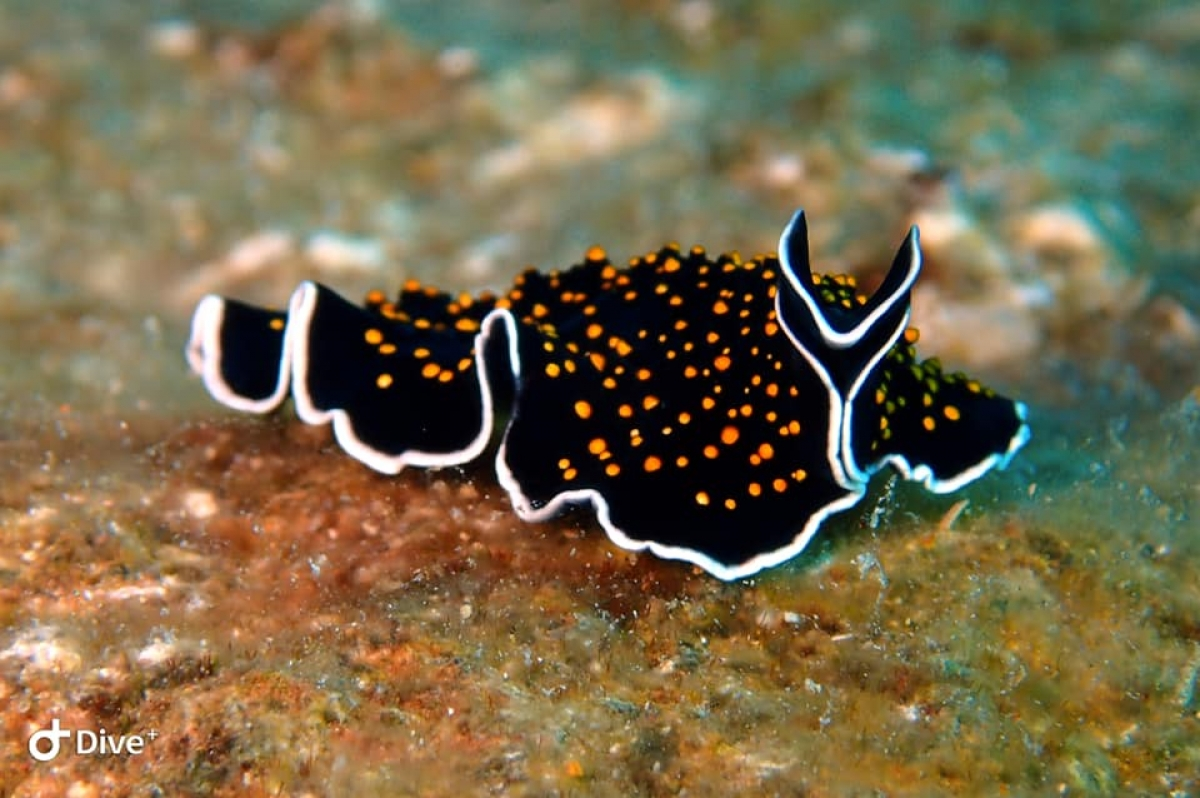
Nemerteans - the Ribbon/Proboscis Worms
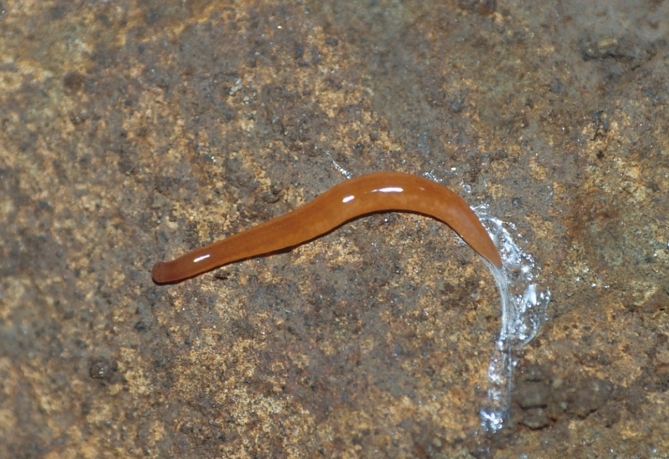
Chaetognatha - Arrow Worms (Gnathifera)
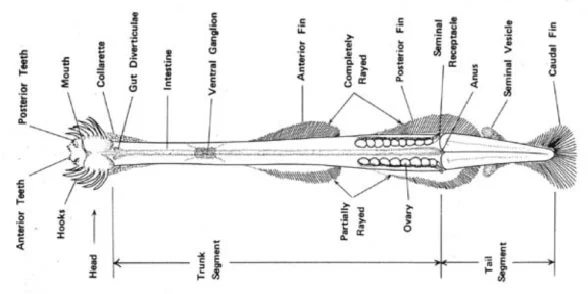
Gnathostomulida - Lesser Jaw Worms (Gnathifera)

Polychaeta (Annelids)
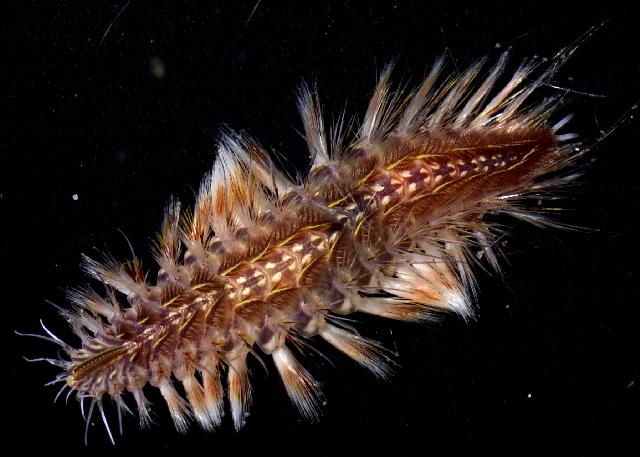
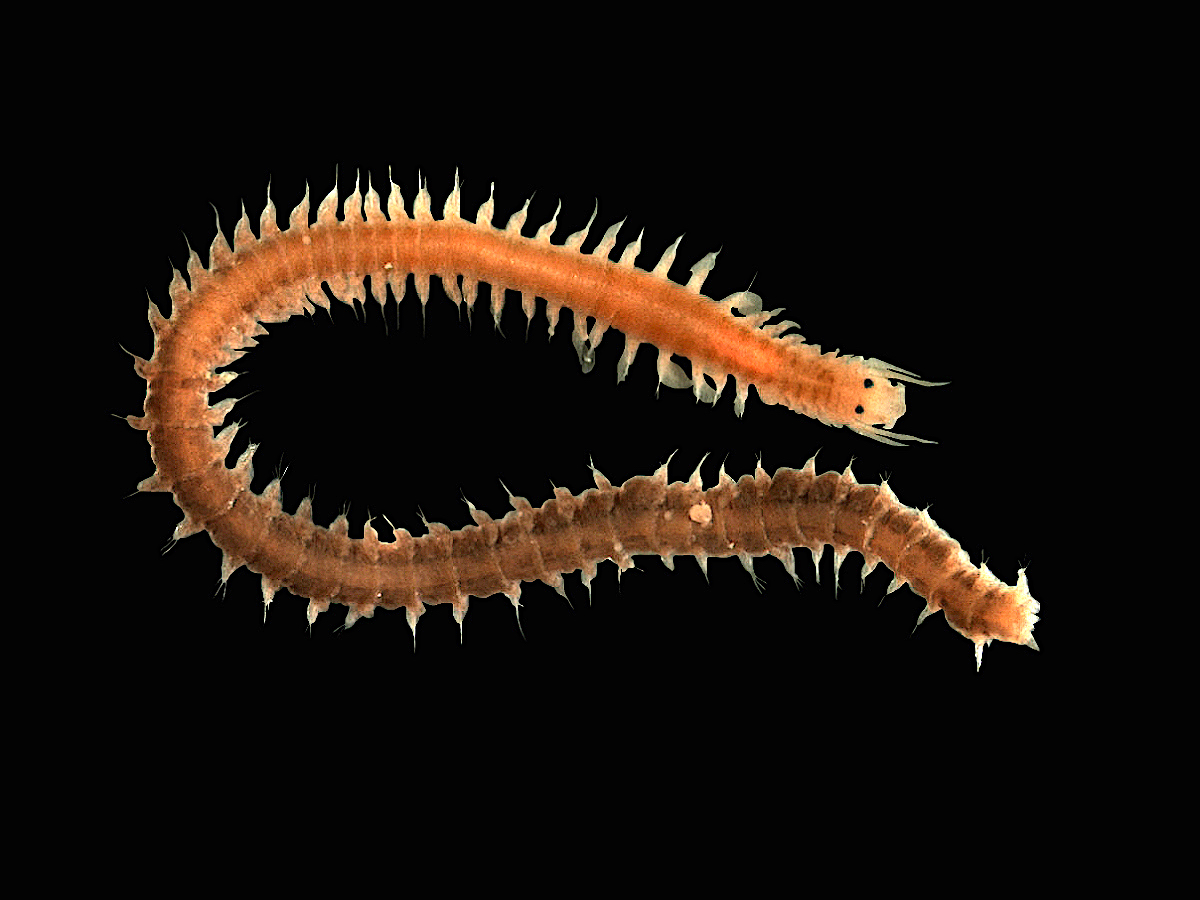
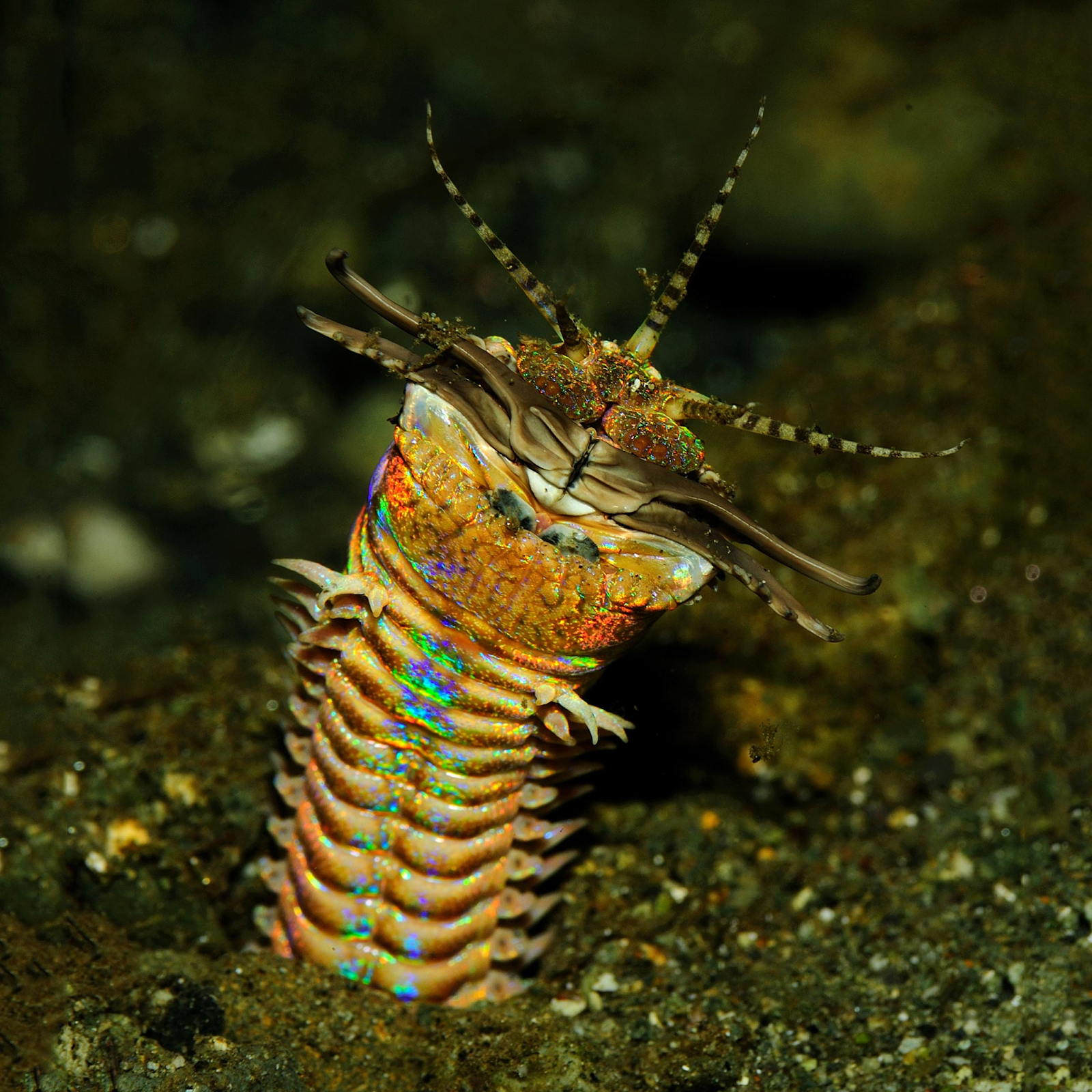
Oligochaeta

Hirudinea

These organisms didn’t have a description for various reasons, but I’ll list them here still.
Brachiopoda - Asymmetrical Clams
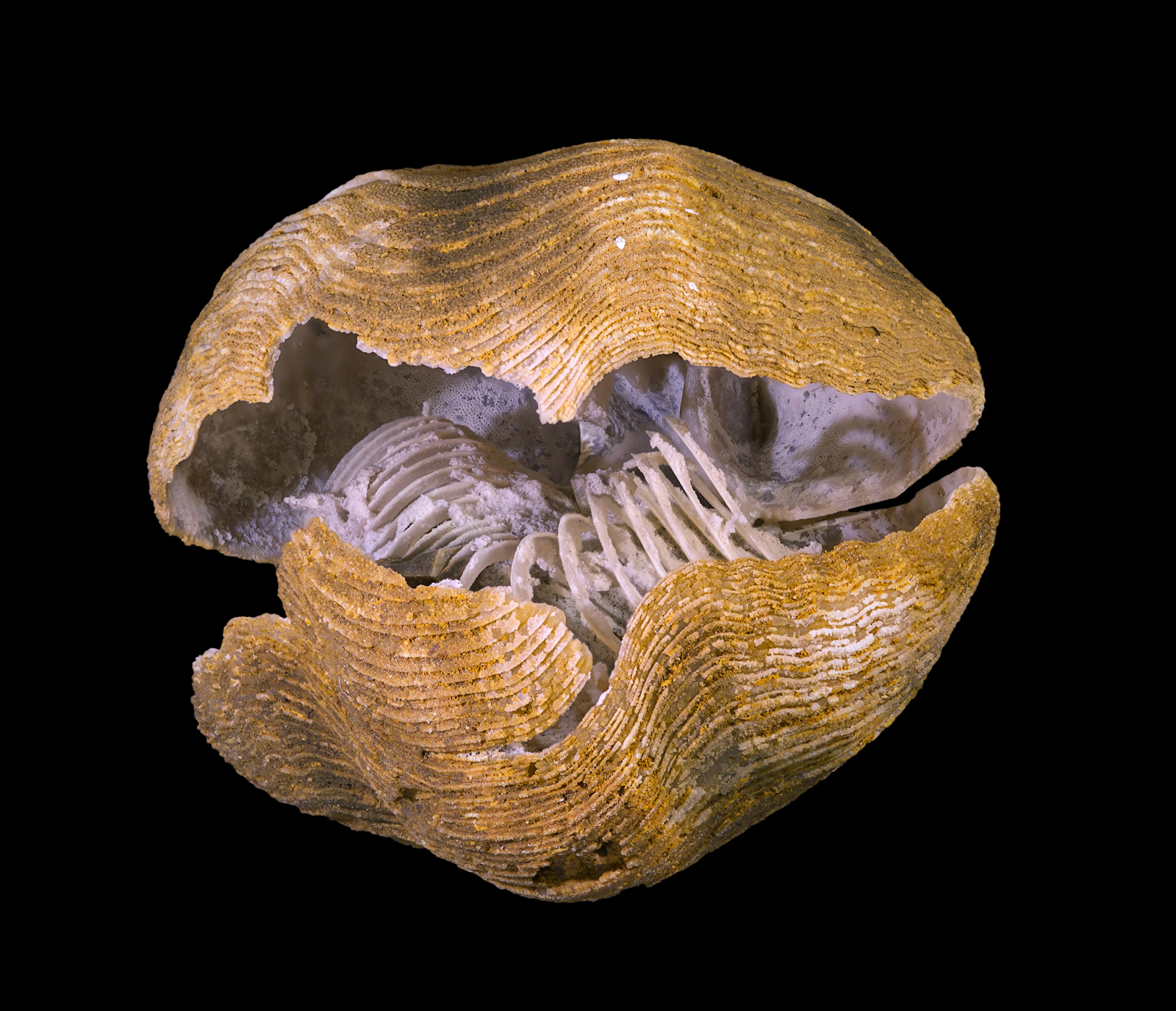
Phoronida - Sessile Filter-Feeding Worms

Bryozoa (Ento & Ectoprocta) - Colonial Filter Feeders
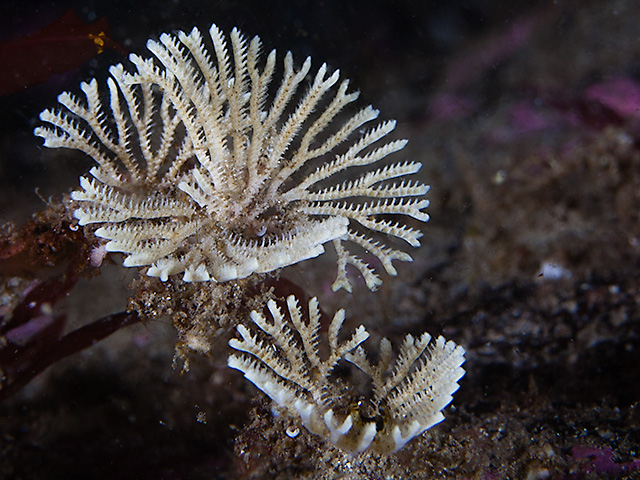
Rotifera - Wheel Jaws (Gnathifera)

Priapulida

Nematods









